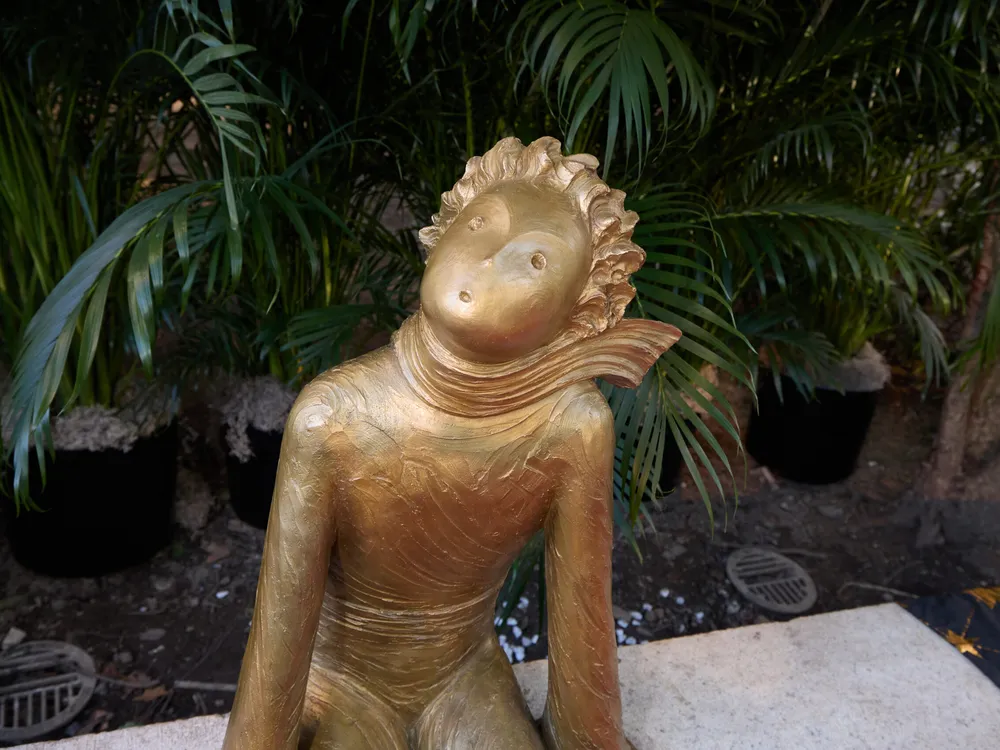

Since its publication in 1943, The Little Prince has become one of history’s best-selling texts. The novella follows a young boy from a tiny, faraway planet who stops by Earth while traveling across the universe.
Its author, military pilot Antoine de Saint-Exupéry, was also a traveler. Born in France in 1900, he wrote and illustrated much of the story while living in New York. Now, to mark the tale’s 80th birthday, a new monument has been unveiled on the Upper East Side of Manhattan: a four-foot-tall bronze statue of the titular character.
“It will be as though the character had stepped out of the book,” sculptor Jean-Marc de Pas tells Clément Thiery of France-Amérique magazine.
The statue sits on a wall outside the Fifth Avenue headquarters of Villa Albertine, a French cultural institution. The Morgan Library and Museum holds the original manuscript and drawings just a few miles down the road.
The Little Prince has sold more than 200 million copies in hundreds of languages, becoming one of the most translated books in the world. It explores themes of love, loss, friendship, responsibility and childhood wonder. Gaëtan Bruel, the director of Villa Albertine and cultural counselor for the French Embassy, tells Hyperallergic’s Elaine Velie that the story’s lessons remain vital.
The prince is a “political figure—not a partisan one—but someone who can inspire a generation of minds,” he says.
When crafting the plot, Saint-Exupéry drew heavily from his experiences as a pilot. For example, he crashed his plane in the Libyan desert in the 1930s; the novella’s narrator is also a pilot who crash-lands in the desert (where he encounters the extraterrestrial young royal).
In 1940, after the Nazi occupation of France began, Saint-Exupéry fled to New York, where he worked on The Little Prince. Around the time of the book’s publication in early 1943, he traveled to North Africa with one advance copy in his luggage. There, he served as a pilot and fought with the Allies in World War II. His biographer Stacy Schiff wrote in the New York Times in 2000 that this period of his life was harrowing.
READ THE REST AT Smithsonianmag.com
